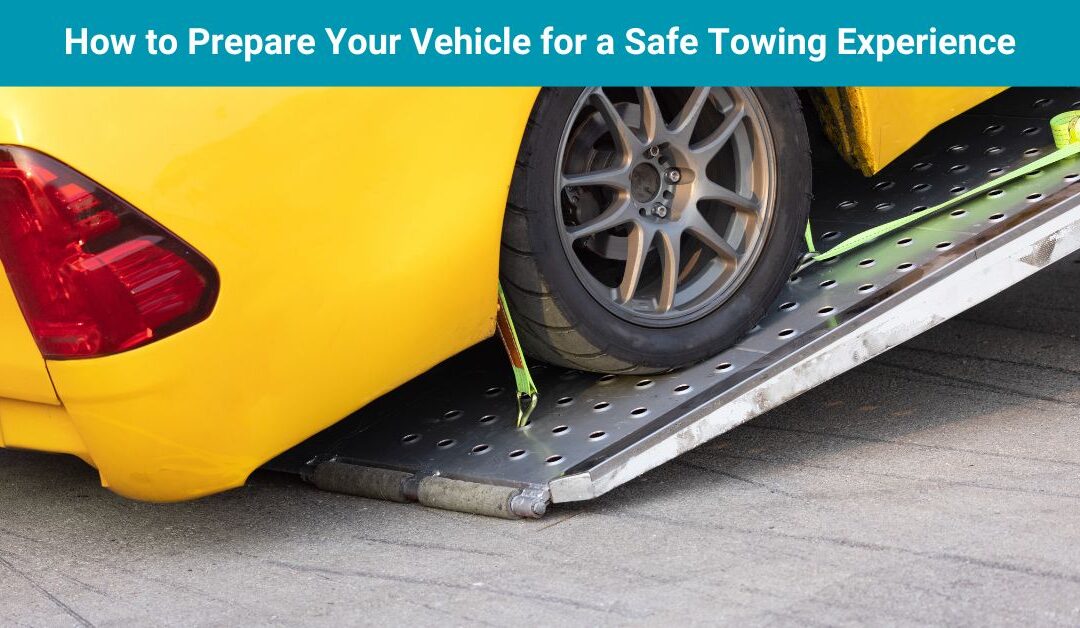Towing a vehicle is a task that requires careful preparation to ensure safety for both the car and the towing crew. Whether you’re awaiting roadside assistance or towing the vehicle yourself, following the proper steps can minimize risks and make the process seamless.
Assess the Condition of Your Vehicle
Before towing, inspect your vehicle to determine its condition. Check for fluid leaks, loose parts, or any other potential hazards. If the car has suffered damage due to an accident, inform the towing service of the issue so they can bring the appropriate equipment, such as a flatbed or dolly.
Additionally, make sure the parking brake is disengaged, as engaging it can cause significant damage during the towing process.
Remove Personal Belongings
Your vehicle may be subjected to movement and vibrations during towing, which could dislodge or damage personal items. Remove all belongings, including valuables, documents, and loose objects. This also prevents items from becoming projectiles, ensuring a safer experience for everyone involved.
Choose the Right Towing Equipment
Depending on your vehicle’s type and condition, the towing method may vary. Flatbed tow trucks are ideal for luxury or all-wheel-drive vehicles, while wheel-lift or dolly towing is suitable for short distances. Communicate with the towing service to confirm they’re bringing the correct equipment for your vehicle.
If you’re towing the car yourself, ensure your hitch, tow bar, and safety chains are appropriate for the vehicle’s weight and size.
Secure the Vehicle Properly
When the towing process begins, securing the vehicle is a critical step. Tow operators will typically use wheel straps or chains to keep the car in place. If you’re handling the towing, double-check all connections and safety mechanisms to prevent shifting or detachment during transit.
For vehicles with manual transmissions, ensure they’re in neutral. If the car has an automatic transmission, follow the manufacturer’s guidelines for towing to avoid transmission damage.
Inform the Tow Truck Driver
Provide the tow truck operator with important details about your vehicle, including any mechanical issues or specific handling requirements. If you have concerns about the destination or route, communicate them clearly to avoid misunderstandings.
Conclusion
Preparing your vehicle for towing is a vital step in ensuring a safe and efficient experience. By inspecting your car, securing it properly, and collaborating with professionals, you can protect your vehicle and minimize risks. Whether you’re calling a towing service or towing the car yourself, taking the time to prepare makes all the difference in achieving a successful outcome.


Recent Comments